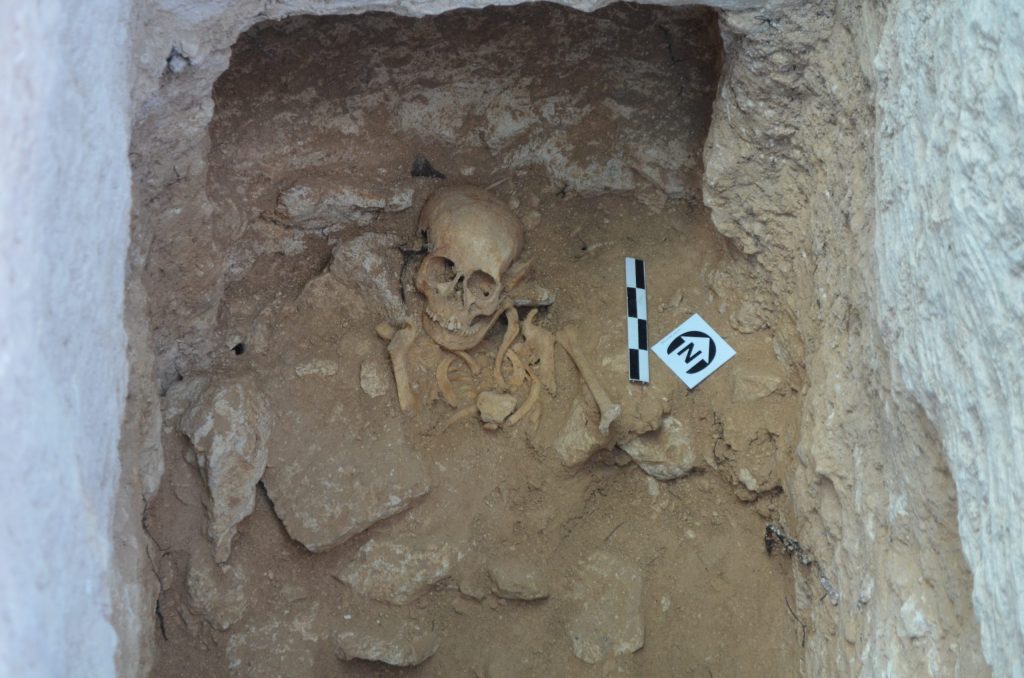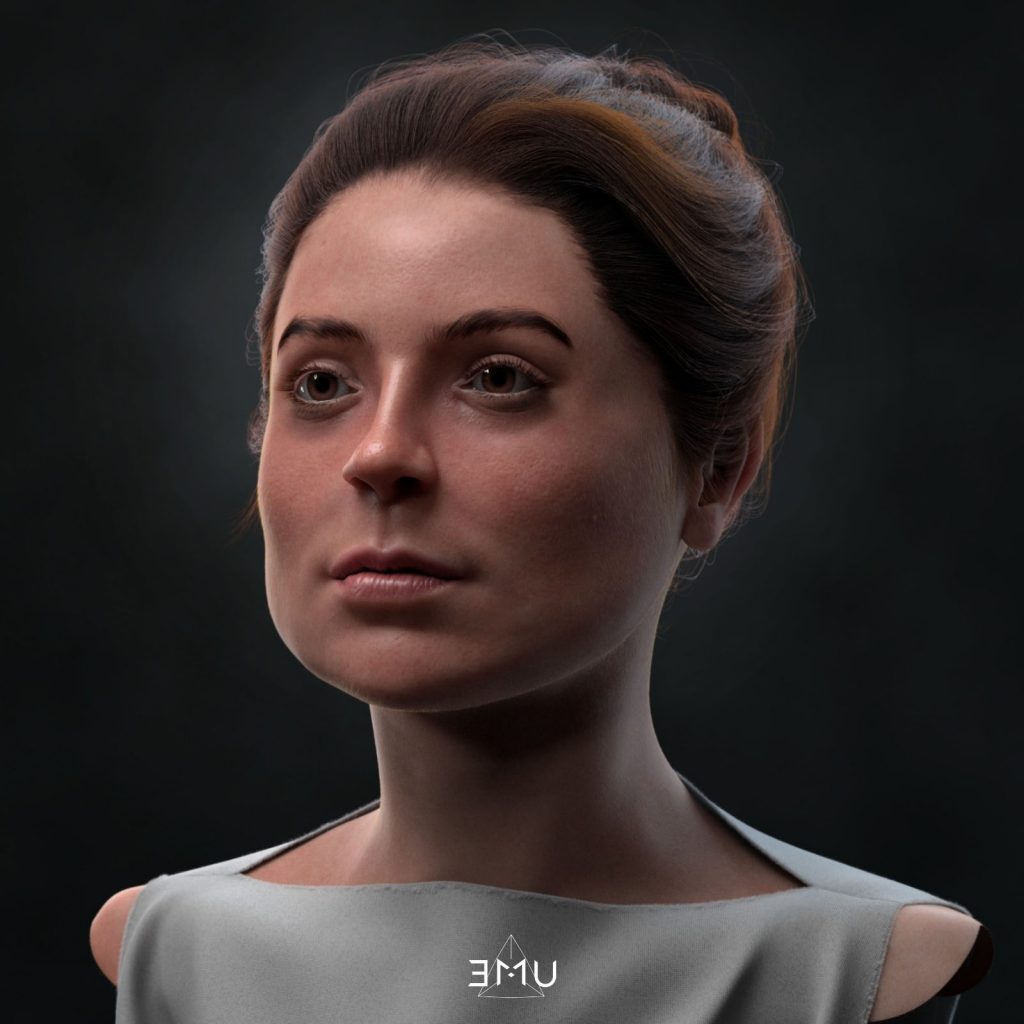 On the 22nd August 2013, previously unexcavated tombs at St Paul’s Catacombs yielded an extraordinary find.
On the 22nd August 2013, previously unexcavated tombs at St Paul’s Catacombs yielded an extraordinary find.
A skeleton surrounded by a remarkable assemblage of grave goods was unearthed from ‘a shaft and chamber’ tomb by Senior Curator David Cardona and his team of archaeologists beneath the planned site for the new Visitor Centre at St Paul’s Catacombs in Rabat.
 Plans were underfoot to install a series of walkways and open a few catacombs that had previously been closed to the public, as well as the construction of a Visitor Centre to assist in the interpretation of the hypogea.
Plans were underfoot to install a series of walkways and open a few catacombs that had previously been closed to the public, as well as the construction of a Visitor Centre to assist in the interpretation of the hypogea.
Prior to laying the foundations for the Centre, Ground Penetrating Radar -a non-invasive technique that uses radar pulses to detect underground features- had pinpointed a number of empty spaces in the bedrock beneath the soil. Trenches were dug, and the Punic-Roman tombs predating the advent of the catacombs were discovered.
 The grave goods, which included various items of pottery, a bone hairpin, face pendant, and glass unguentarium, helped date the skeleton’s internment to between the 1st and 2nd century AD. Elsa, as the skeleton was affectionately nicknamed after one of the archaeologist’s middle names, had been an inhabitant of the ancient Roman town of Melite, nowadays Mdina and Rabat.
The grave goods, which included various items of pottery, a bone hairpin, face pendant, and glass unguentarium, helped date the skeleton’s internment to between the 1st and 2nd century AD. Elsa, as the skeleton was affectionately nicknamed after one of the archaeologist’s middle names, had been an inhabitant of the ancient Roman town of Melite, nowadays Mdina and Rabat.
 An osteological examination of the skeleton conducted by osteo-archaeologist Michelle Padovani helped shed further clues as to Elsa’s appearance. A wide pelvis and gracile skull established her sex, but other details such as her stature and age will be revealed on the 21st.
An osteological examination of the skeleton conducted by osteo-archaeologist Michelle Padovani helped shed further clues as to Elsa’s appearance. A wide pelvis and gracile skull established her sex, but other details such as her stature and age will be revealed on the 21st.
We may never find out what caused Elsa’s early demise, but we can find out what she may have looked like. In forensic anthropologist Roberto Miccichè’s words, “the human face is the most expressive and communicative part of the body and is the element that most distinguishes our individuality.” Miccichè, Daniele Di Lorenzo, and their Italian team used Elsa’s skull as a base to reconstruct the soft tissue and muscles of her face, layer by layer in clay, through facial approximation techniques, which employed an anthropometric study of contemporary Sicilian women as reference markers. 
Once the clay sculpture was completed, a silicone rubber mould was created in order to create a plaster copy of Elsa’s face to be exhibited in the Visitor centre. Ugo Maria Esposito’s virtual reconstruction of Elsa’s visage was created through the use of photorealistic rendering techniques starting from the 3D model of the plaster sculpture.
The result is a startlingly modern Mediterranean countenance that stares right back at us across the centuries.
 “The great fascination that our ancestors’ facial approximations exert upon us perhaps stems from the fact that we revisit a part of ourselves when we contemplate these faces.” Roberto reflects.
“The great fascination that our ancestors’ facial approximations exert upon us perhaps stems from the fact that we revisit a part of ourselves when we contemplate these faces.” Roberto reflects.
Meet Elsa, and follow her journey from site to lab in a Masterclass being streamed on Heritage Malta’s Facebook page on the 21st April at 6.30 pm.
by Warren Joseph Bugeja, Executive Communications for Heritage Malta
Watch the facial reconstruction video below:
Latest News


Up Next
News | 14th April 2021




